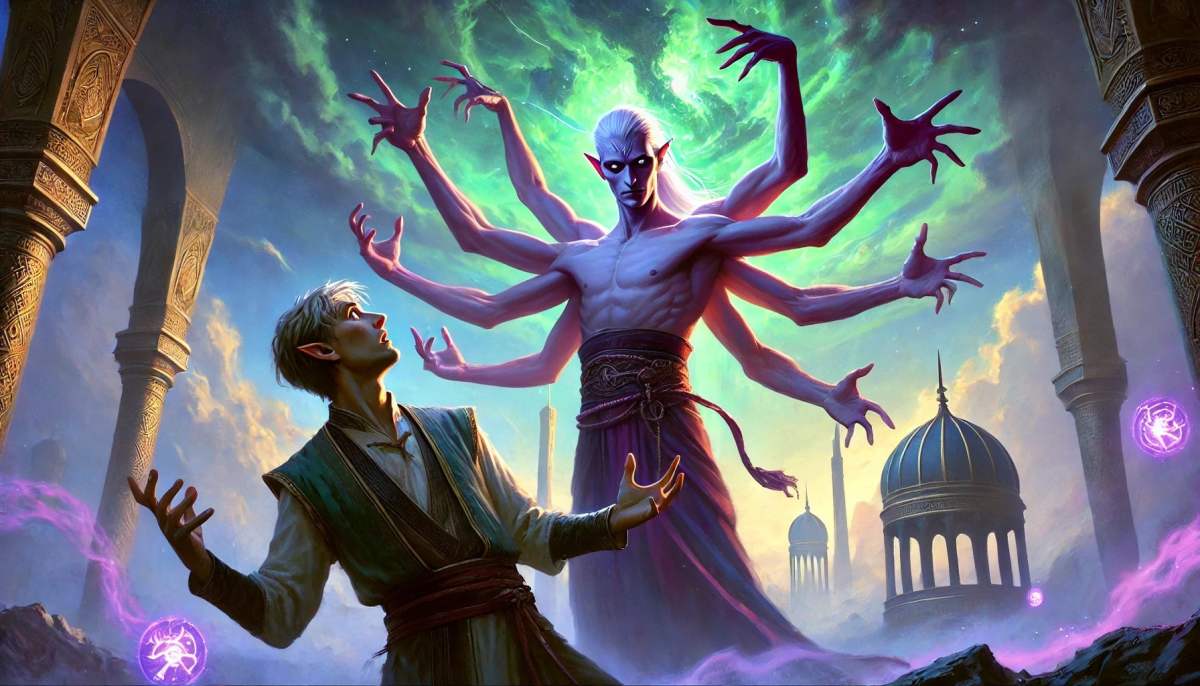SMOOSH JUICE
Villains Who Shape the World: Developing Antagonists Like Vek’th and the Grind Barons


Villains Who Shape the World: Developing Antagonists Like Vek’th and the Grind Barons
“The best villains don’t just want to stop the heroes—they want to change the world… and sometimes, you wonder if they should.”
In any great tabletop campaign, a good villain isn’t just an obstacle. They are a mirror, a force of nature, a storyteller in their own right. In a setting like Under the Dome, where chaos magic rips through reality and survival demands compromise, villains have the opportunity to do something extraordinary: shape the world in real, lasting, morally challenging ways.
Let’s explore how villains like Vek’th, the haunting whisper of broken symbiosis, and the Grind Barons, the industrial titans of greed and desperation, serve as case studies for crafting antagonists that matter far beyond combat encounters.
🔥 Step 1: Let the Villain Be Right… Sometimes
What makes Vek’th so compelling is not just their power or mystery—it’s that their vision for the future isn’t entirely mad. Vek’th doesn’t want to destroy the world—they want to evolve it, fusing flesh and spirit in a new unity forged through symbiotic rebirth. It’s horrific. It’s noble. It’s alien.
And players pause because… maybe it could work.
✦ Give your villains philosophies worth debating. Not just evil-for-evil’s-sake.
✦ Let their methods be the problem—not always the motive.
✦ Offer player characters moments of agreement, even temptation.
Ask yourself: If this villain succeeds, what world would they leave behind? Would it really be worse?
⚙️ Step 2: Give Them Infrastructure, Not Just Power
The Grind Barons don’t live in lairs. They own supply chains, run protection rackets in domed cities, and fund arcane research to exploit Grind. They don’t smash—they shape. Their power is economic, systemic, and cultural.
That’s world-shaping villainy. It asks players to fight something bigger than a stat block.
✦ Give your villains allies, systems, and civilians who depend on them.
✦ Design ripple effects: who benefits from the villain’s success? Who would suffer from their fall?
✦ Include lieutenants with different ideologies—some more extreme, others more sympathetic.
By the time the players face a Grind Baron, they may have walked streets paved by their money. Or killed people who were just “doing their job.”
🧠 Step 3: Let the Villain Learn and Adapt
Great villains evolve. Vek’th, once a whisper in the Veil, begins to touch minds. They learn names. They twist memories. They understand. And that makes them terrifying.
Likewise, the Grind Barons don’t just ignore the party—they counteroffer. They adapt. They smear the players in the press. Or send gifts. Or frame them for murder.
✦ Let villains respond to players’ successes.
✦ Give them the ability to surprise—not just tactically, but philosophically.
✦ Consider: what would happen if they wanted the players on their side?
When a villain changes the plan mid-campaign because the party’s actions forced their hand, it reinforces that the world is alive—and that the stakes are personal.
🧪 Step 4: Reflect the World’s Themes
Under the Dome is a setting obsessed with mutation, desperation, control, and the tension between survival and transformation. Good villains emerge from those tensions.
-
Vek’th is what happens when identity loses its boundaries.
-
The Grind Barons are what survival looks like when ethics are flayed for efficiency.
✦ Align your villain’s goals with the setting’s existential questions.
✦ Use them to challenge the players’ values.
✦ Let them embody a potential future—bright, ruined, or otherwise.
🕯️ Closing Curtain: Let the Villain Leave a Scar
The best villains don’t disappear with a single sword stroke. Their actions reshape the terrain. Their ideologies linger in the minds of players.
Maybe the world remembers Vek’th as a monster… but symbiotes flourish in every dome now. Maybe the Grind Barons fall… but their factories keep running, repurposed by revolution.
That’s how you build a villain who shapes the world.
That’s how your players remember them long after the campaign ends.
Want to Try It?
Start by asking:
-
What does your villain want to change?
-
Who benefits if they succeed?
-
Who suffers if they don’t?
From there, don’t just build a threat. Build a philosophy with teeth.
Then watch your players bite back. Thanks for reading. Until Next Time, Stay Nerdy!!
